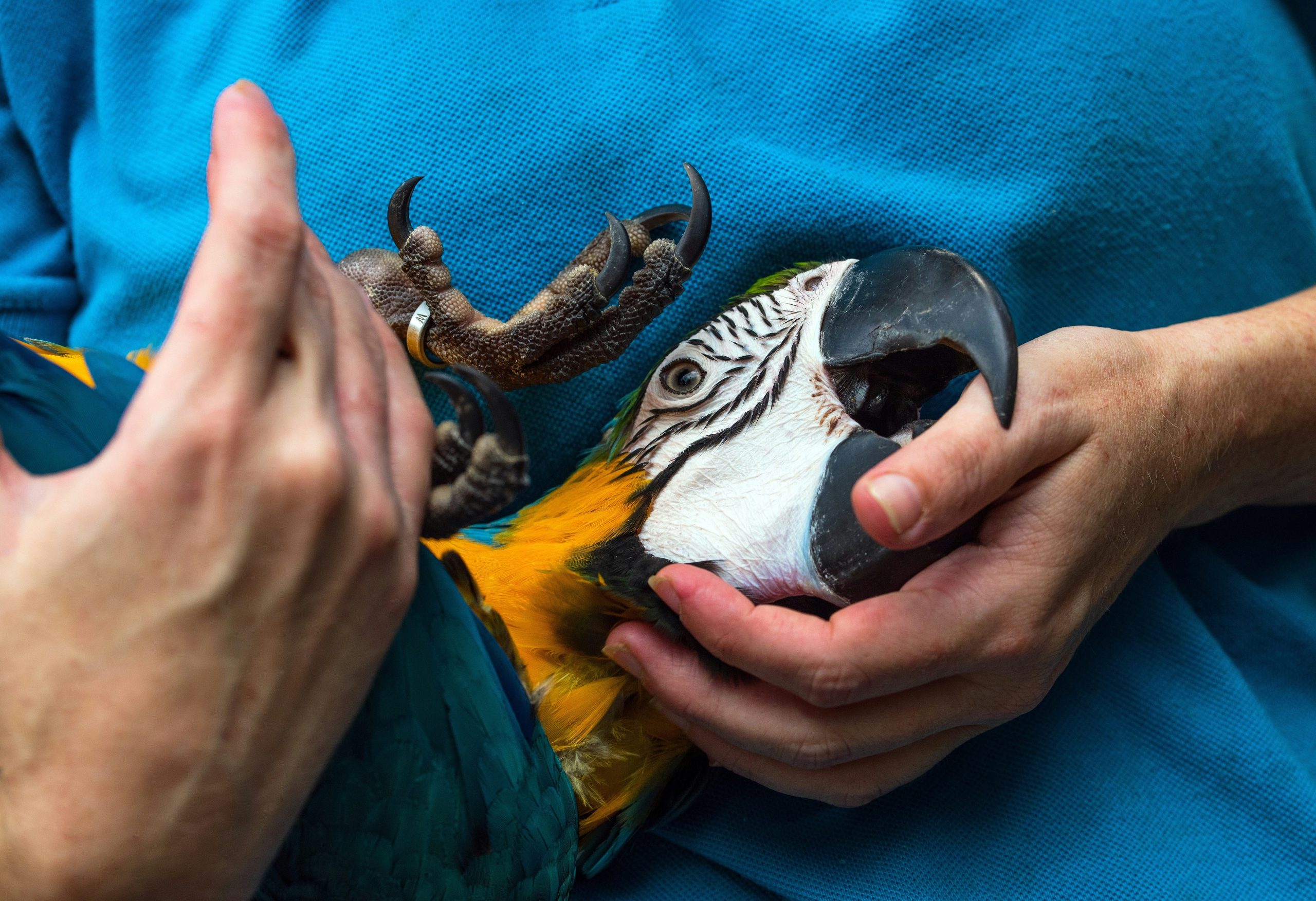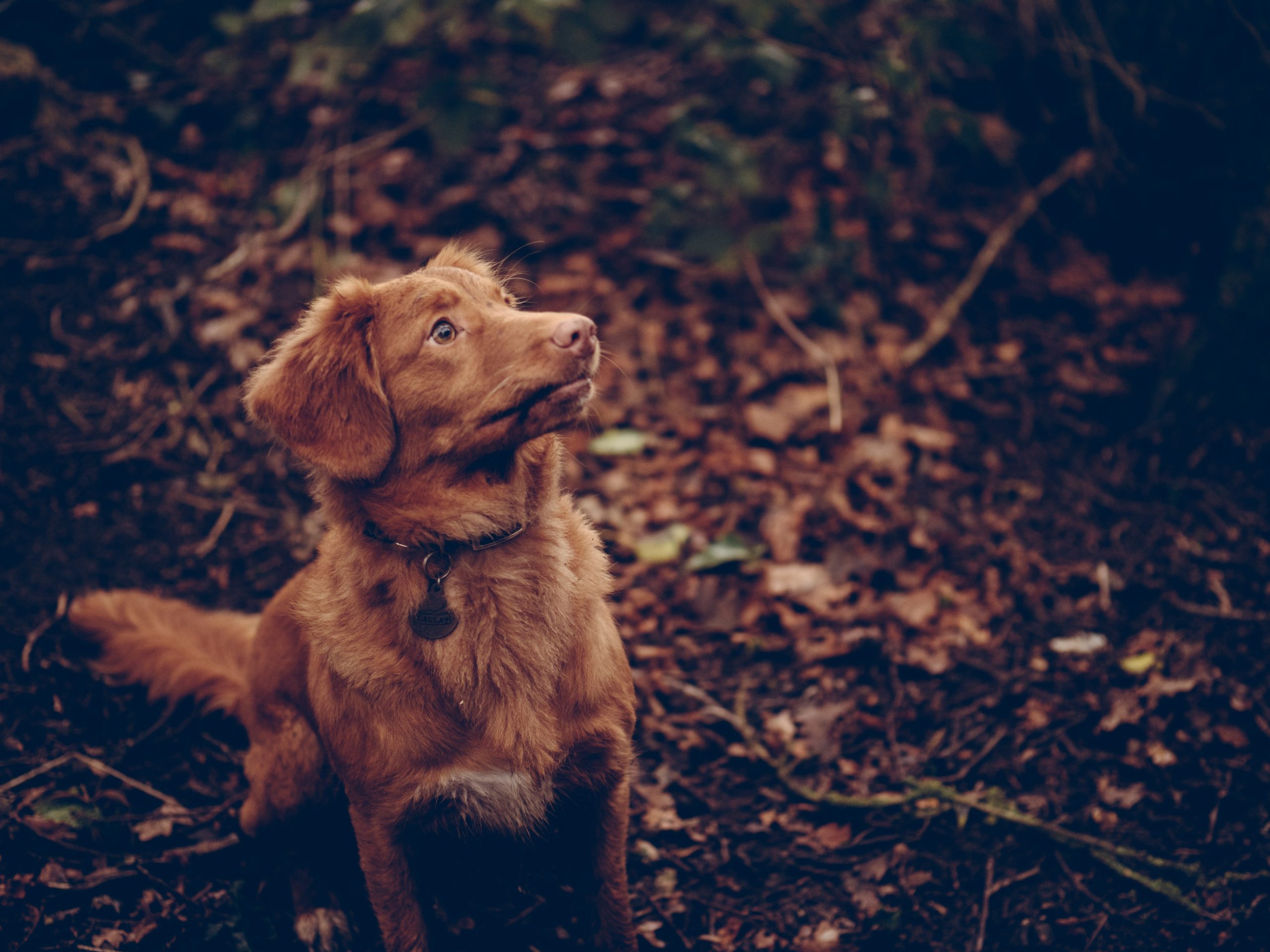You’ve heard of clicker training, but what about hand targeting? Ever tried teaching your pet to touch their nose to your hand—and found yourself wondering why it’s not working? Well, you’re not alone. Many pet owners struggle to master this seemingly simple trick, and I have a hilarious fail to prove it: my dog once mistook my hand target for a snack bar. Yep, face full of slobber later, I realized *this* isn’t just trial-and-error territory; it’s science.
In today’s post, we’re diving deep into **hand target success metrics**—how to measure progress, tweak your methods, and finally achieve that perfect nose-to-hand moment. You’ll learn:
- Why hand target training is more effective than you think.
- Step-by-step techniques to teach it (even if you’re new to pet training).
- Tips to crush the learning curve faster.
- Real-life success stories from fellow trainers.
Table of Contents
- Key Takeaways
- Why Hand Target Training Matters
- Step-by-Step Guide to Teaching Hand Targets
- Tips and Best Practices
- Success Stories: Real-Life Examples
- FAQs About Hand Target Success Metrics
Key Takeaways
- Hand target training builds trust and focus in pets.
- Measuring “success” involves timing, consistency, and behavioral cues.
- Avoid rushing the process—it’s all about incremental wins.
Why Hand Target Training Matters
Pet training can feel overwhelming, especially when you’re juggling commands like “sit,” “stay,” and “no jumping on guests.” But here’s the thing: teaching hand targets lays a rock-solid foundation. Why?
- Focus Boost: Dogs (and even cats!) learn to pay attention to YOU instead of distractions.
- Safety Tool: A well-trained hand target keeps your furry BFF close in risky situations (think busy streets or crowded parks).
- Versatility: Once they’ve nailed hand targeting, teaching advanced tricks becomes easier.

Optimist You:* ‘Oh, this sounds easy!’ Grumpy Me: ‘Not so fast. If it were THAT easy, everyone would be doing it right.’*
Step-by-Step Guide to Teaching Hand Targets
Let’s break down the art of hand target training step by step. No magic wands required!
Step 1: Get Their Attention
First things first—grab some treats your pet LOVES. Hold one near your open palm, letting them sniff or nibble slightly without fully rewarding them yet. Think of it as teasing…in a good way.
Step 2: Introduce the Touch
Slowly move your treat-filled hand closer to your empty hand. Your goal is for your pet to connect “touching” with receiving a reward. Repeat this several times until they seem comfortable.
Step 3: Swap Treat Placement
Now, place the treat in your pocket or behind your back. Present ONLY your now-empty “target” hand. Watch closely—did they still touch it? Reward immediately if yes!
Step 4: Add a Cue Word
Introduce a verbal cue like “Touch!” or “Bump!” when presenting your hand. This bridges communication between action and reward.
Step 5: Measure Progress Using Success Metrics
Success isn’t just hitting milestones—it’s HOW you measure them. Track these factors:
- Consistency: Are they responding reliably?
- Speed: Seconds it takes them to perform the task.
- Confidence: Observe body language—are they hesitant or eager?

Tips and Best Practices
Here are five killer tips to level up your hand target game:
- Start indoors where there are fewer distractions.
- Use super-high-value treats at first, then fade them over time.
- Keep sessions SHORT (like, under 5 minutes) to avoid frustration.
- *Pro Tip Gone Wrong Alert*: Don’t use overly complicated gestures or words that might confuse your pet. Keep it SIMPLE.
- Switch hands often during practice for flexibility.
Success Stories: Real-Life Examples
I recently connected with Sarah, a professional trainer who uses hand targeting to rehab anxious rescue dogs. One case stood out—a timid Beagle named Max who couldn’t handle leashes. After mastering hand targeting, Max gained confidence AND learned leash walking within weeks. Sarah swears by tracking response times and tail wag frequency as her “success metrics.” Sounds legit, doesn’t it?

FAQs About Hand Target Success Metrics
Q1: How Long Does It Take to See Results?
It depends on your pet’s personality, age, and prior training experience. For most animals, 1–2 weeks of consistent daily effort usually works wonders.
Q2: Can Cats Learn Hand Targets Too?
Absolutely! Cats may take longer due to their independent nature, but patience pays off. Use feather toys as rewards for extra motivation.
Q3: What If My Pet Ignores My Hand Completely?
No worries! Go back to Step 1. Revisit treat placement and ensure you’re not overwhelming them too quickly. Slow is steady, friend.
Conclusion
Mastering hand target success metrics is truly chef’s kiss for fostering connection and obedience in our four-legged pals. Remember—patience beats perfection every time. Keep those metrics top of mind, stay consistent, and watch your bond deepen.
And hey—if all else fails, there’s always tomorrow’s walk. Like dial-up internet, progress takes time, but it WILL happen. 🐶✨
Random Haiku Time:
Paws meet open palms,
Sniff, nudge, smile—connection blooms.
Training goals unlocked.


